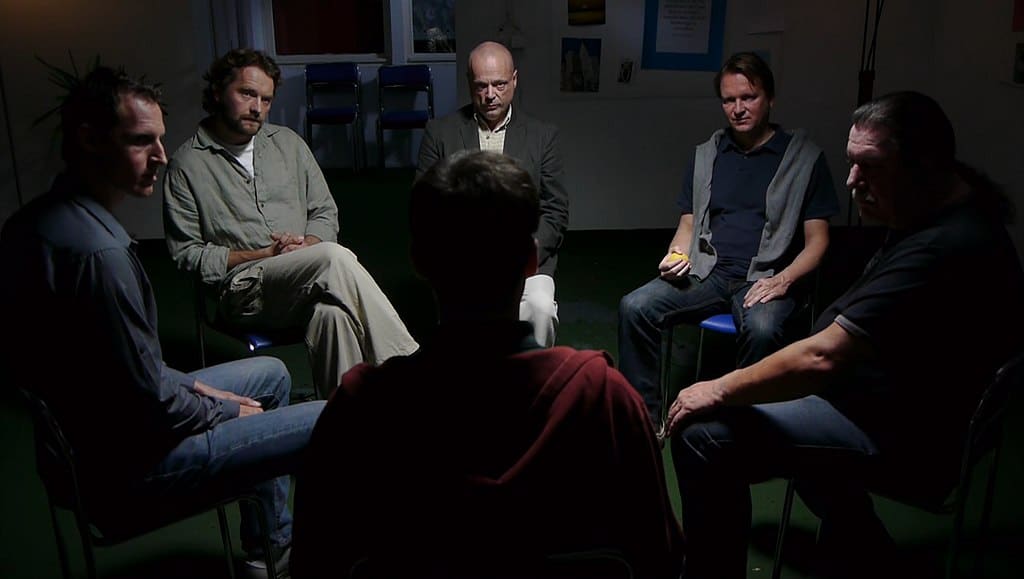

According to a new study, humans are more likely to empathize with groups than single individuals, even though both forms of empathy are considered equally emotionally taxing.
Researchers from Linköping University in Sweden found that participants in a controlled experiment were more inclined to choose empathy when viewing images of groups rather than individuals.
The study, published in Frontiers in Psychology, offers new insights into how people weigh emotional connection, especially in natural disasters or large-scale crises.
“People’s willingness to empathize is different depending on who the target is: a single individual or a group of people,” said Dr. Hajdi Moche, lead author of the study.
“Specifically, people were more willing to empathize with a group than an individual, although empathizing was rated as more effortful and distressing compared to staying objective—for both the individual and the group.”
The researchers defined empathy as the ability to understand and share in someone else’s emotional experience while recognizing that those feelings are not yours. This emotional connection often comes at a personal cost, whether in time, money, or mental energy.
To understand how people manage that cost, the team experimented with 296 volunteers. Participants took part in a task known as the Empathy Selection Task, where they chose cards from one of two decks: one that prompted them to empathize with a subject and another that asked them to remain neutral.
Each participant completed two rounds. One round involved 20 images of individuals, while the other featured 20 images of groups. All photos showed a diverse mix of people with neutral expressions and plain backgrounds.
After selecting a card, participants viewed a photo and wrote three keywords to describe either what the person or group might be feeling, or simply their physical appearance. After each round, they answered questions about how they experienced the task.
Theresa Wiseman’s Research and other sources indicate a preference for empathy over sympathy in interpersonal interactions.
This is primarily attributed to empathy’s capacity to foster a stronger sense of connection.
Empathy, defined as the ability to understand and share the… pic.twitter.com/CuMJ8fp6iq
— Omwanda
(@Sangster_Johnz) May 7, 2025
When they were shown individual photos, participants chose the empathy deck only 34% of the time. That number rose to 53% during the round involving group images. The researchers noted that participants described empathizing as more emotionally difficult than staying neutral, but still chose to engage more often when groups were involved.
“The task of trying to share the internal experiences of the other requires more effort, imagination, and understanding of what the person might feel compared to describing external features like hair color,” Moche said.
The team believes group photos may provide more visual information, making it easier to interpret other people’s feelings. At the same time, describing multiple people can be more demanding, which may make the emotional task of empathy feel less difficult by comparison.
Participants also rated themselves as more effective at empathizing with groups, which may have boosted their confidence and made them more willing to try.
On the other hand, the lack of expression and context in individual images may have discouraged participants from emotionally engaging.
Moche suggested that changing the facial expressions or background details in future studies could offer further insight into how humans empathize with groups and individuals.
“It would be interesting to test this further,” she said. “By directly pitting the individual and group against each other and letting participants choose which of these they would prefer to empathize with, and then, in another round, which one they would prefer to stay objective in relation to.”
